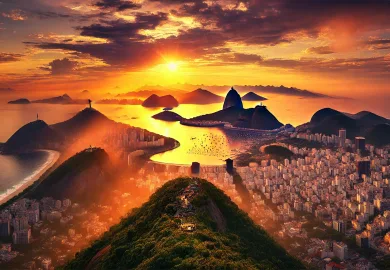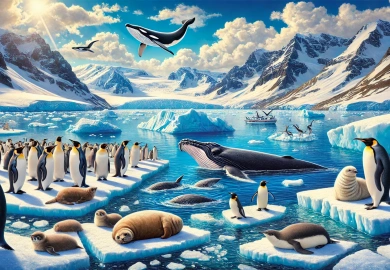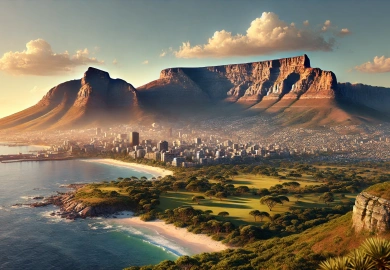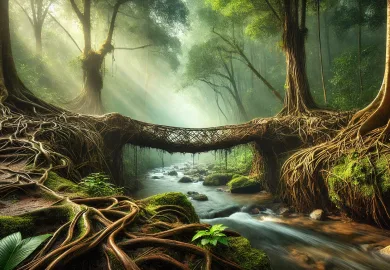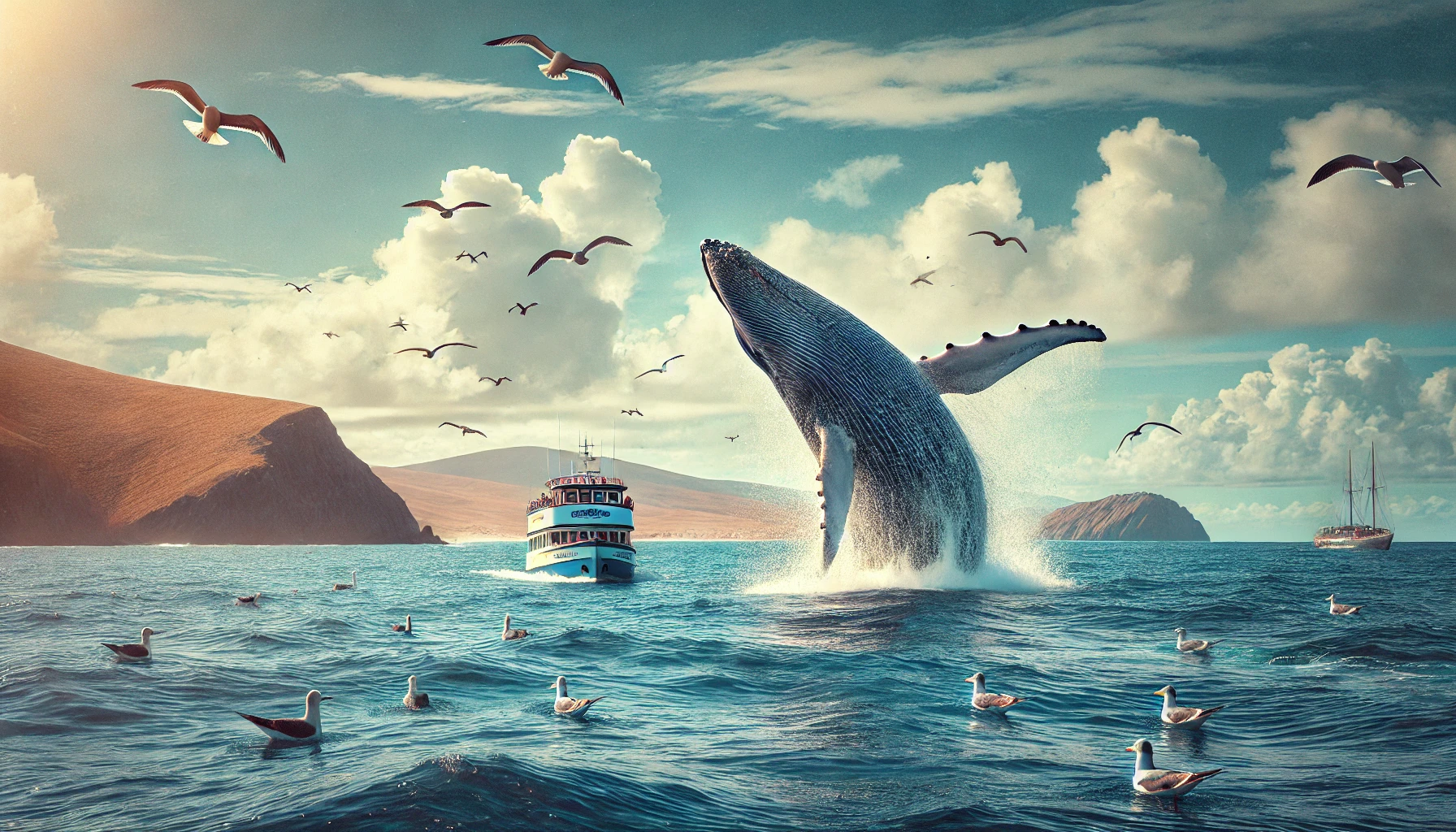
Whale watching is not just an activity, it’s an adventure. Whether you’re a wildlife enthusiast or a thrill-seeker, encountering these majestic giants of the ocean in their natural habitat is a truly awe-inspiring experience. Whale watching tours offer a rare glimpse into the life of these marine mammals, providing unforgettable moments as they breach, tail-slap, or spout water. In this article, we’ll explore the best whale watching spots around the globe, where you can embark on an adventure to meet these incredible creatures up close.
1. Baja California, Mexico – The Gray Whale Migration
Located along the western coast of Mexico, Baja California is a premier destination for spotting gray whales, particularly during their annual migration. From December to April, these magnificent creatures travel from the Arctic to the warm waters of Baja to give birth and nurture their calves. The lagoon areas of San Ignacio and Magdalena Bay are perfect places to witness this miracle of nature.
Gray whales are known for their curiosity, and it’s not uncommon for them to approach boats, giving lucky whale watchers a truly intimate experience. The local guides often emphasize eco-friendly practices to ensure minimal disturbance to these gentle giants. Baja’s pristine waters and untouched landscapes only add to the allure of the region, making it one of the top whale-watching destinations in the world.
In addition to gray whales, Baja California’s waters are also home to humpback whales, blue whales, and fin whales, offering a diverse marine experience. Adventure-seekers can combine whale watching with other activities such as snorkeling, diving, or even kayaking with whales for a full-on marine adventure.
2. Iceland – Home to Humpback and Blue Whales
Iceland’s rugged coastline and cold waters are a haven for several whale species, including humpback whales, minke whales, and the majestic blue whale – the largest animal on Earth. The best time for whale watching in Iceland is from April to October, when the plankton-rich waters attract these giants in great numbers. Some of the most popular whale-watching spots in Iceland include Reykjavik, Húsavík, and Akureyri.
Húsavík, known as the “Whale Watching Capital of Iceland,” offers the chance to spot multiple species in a single tour, while Akureyri provides a more serene setting amidst stunning fjords. The rich marine biodiversity in these waters means you’re likely to encounter not just whales, but also dolphins, seals, and seabirds such as puffins.
Iceland’s whale watching tours often take place on traditional oak fishing boats, offering a unique and eco-friendly experience. You’ll be treated to expert commentary from guides who will explain the behaviors of the whales and provide insights into their conservation. Combining a whale-watching adventure with Iceland’s other natural wonders, such as geysers and waterfalls, makes for an unforgettable trip.
3. Hervey Bay, Australia – Humpback Whale Playground
Hervey Bay, located on the east coast of Australia, is widely regarded as one of the best places to watch humpback whales. From July to November, thousands of humpbacks make their way to the calm waters of Hervey Bay during their migration from Antarctica. What makes Hervey Bay truly special is that these whales stop here to rest and play, giving you the chance to witness some of the most spectacular whale behaviors.
Humpbacks are known for their acrobatic displays, and in Hervey Bay, you can see them breaching, slapping their tails, and even swimming close to boats. The bay’s sheltered waters create a safe environment for both mothers and their calves, providing a rare opportunity to observe whale families in their natural habitat. These encounters are often up-close, and many visitors leave feeling a deeper connection with these intelligent creatures.
Apart from the humpbacks, Hervey Bay offers a tropical paradise with stunning beaches and vibrant coral reefs. Visitors can also enjoy activities like snorkeling, diving, and exploring nearby Fraser Island, one of the world’s largest sand islands. The combination of whale watching and coastal beauty makes Hervey Bay a must-visit destination for adventurers.
4. Monterey Bay, California – A Year-Round Whale Watching Destination
Monterey Bay in California offers year-round whale-watching opportunities, making it a hotspot for whale enthusiasts. The deep waters of the Monterey Bay National Marine Sanctuary are rich in nutrients, attracting a variety of whale species, including gray whales, humpback whales, blue whales, and orcas. The peak seasons for whale watching in Monterey are from December to May for gray whales and from April to November for humpbacks and blue whales.
Monterey’s unique geography, with its deep underwater canyons, allows whales to feed close to shore, making it easier for visitors to spot them even without boarding a boat. However, boat tours are the best way to get close to these creatures and witness their awe-inspiring size and behaviors. The sight of a blue whale, the largest animal to have ever lived, surfacing alongside your boat is a humbling and thrilling experience.
Besides whales, Monterey Bay is home to a rich diversity of marine life, including dolphins, sea otters, and seals. You can also explore the renowned Monterey Bay Aquarium, which offers an educational perspective on marine conservation and the importance of protecting these incredible species.
Conclusion
Adventure whale watching is one of the most exhilarating and fulfilling ways to connect with nature. Whether you’re watching gray whales migrate along Baja’s coast, marveling at humpbacks in Iceland, or witnessing the playful behavior of whales in Australia, the experience is sure to leave you speechless. These marine giants remind us of the vastness and beauty of our oceans, and with responsible whale-watching practices, we can ensure that future generations have the chance to meet them too.
So, pack your bags, choose your destination, and get ready to embark on an unforgettable adventure to meet the giants of the sea!



